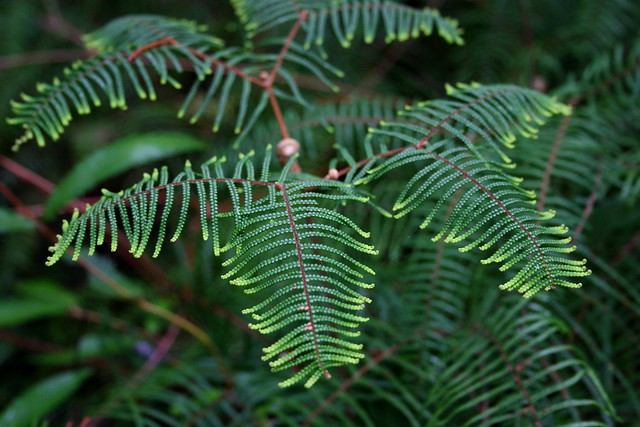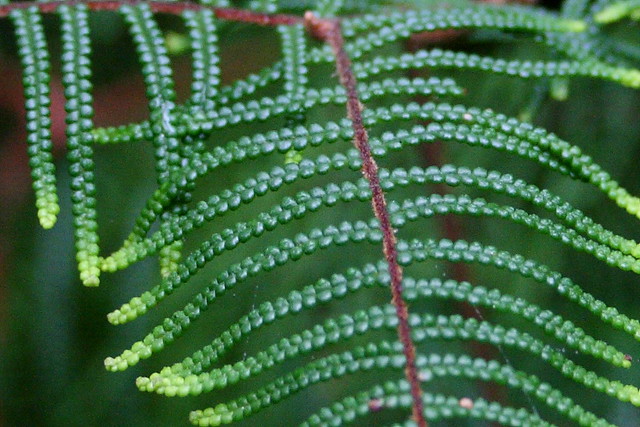The sea level, rainfall and temperature climate pages have been updated with the latest data from the BOM. As per usual temperature and rainfall are almost up to date but sea level is more than a year behind with the latest reading from December 2013. Why is this?
Always interesting to see how the most recent weather extremes stack up against the last century or so of readings. This most recent summer that felt so hot was nothing special if you look back only 15 years or so, but the longer term trend is clear for sea level and temperature. But not rainfall.




